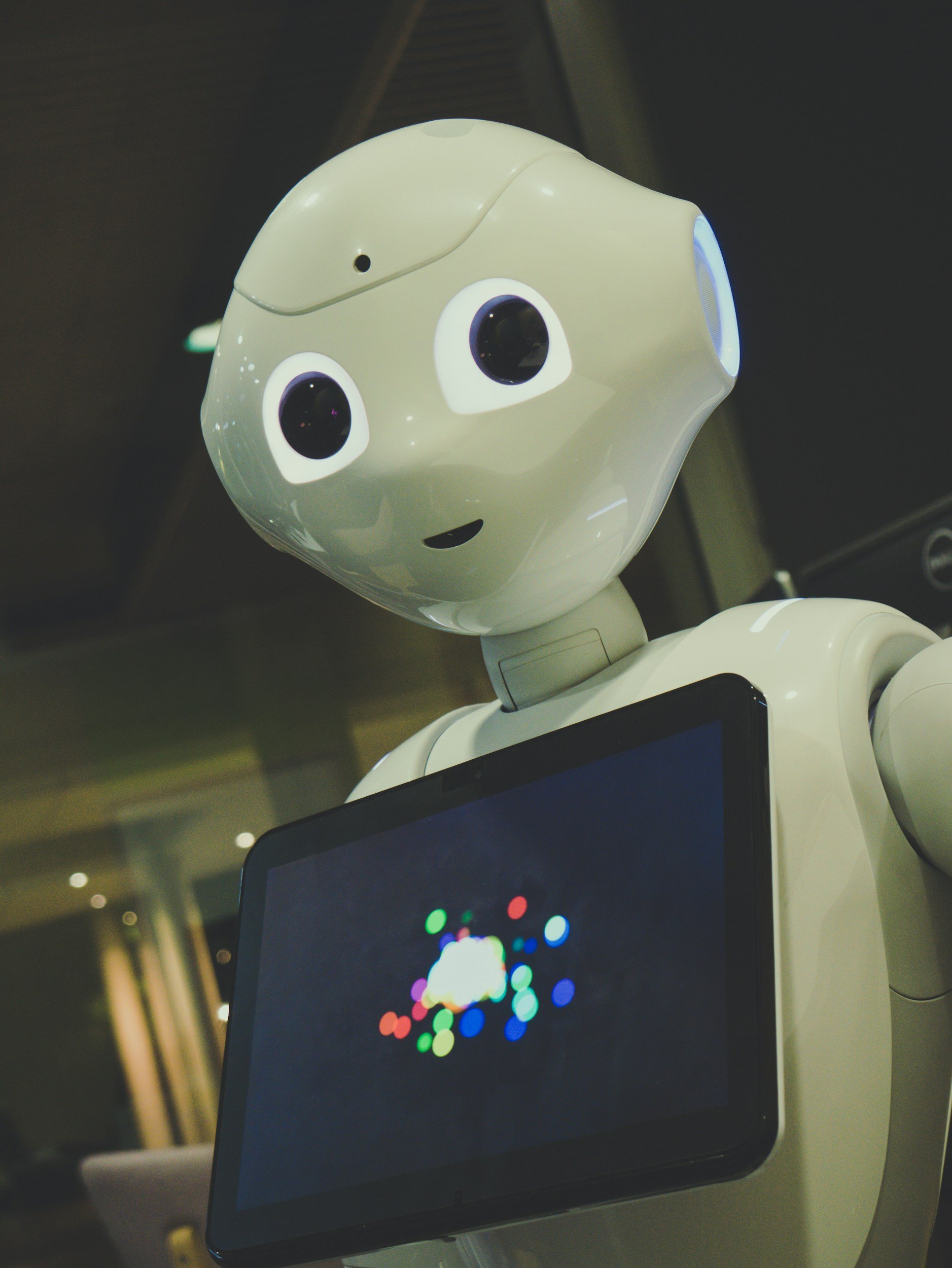AI Art: Who Gets the Credit?
Authorship in the Age of AI
The Question That Lingers
You type a prompt into an image generator. A few seconds later, a surreal painting of a jellyfish cathedral appears. It’s stunning. And it’s not something you could’ve painted yourself.
So, who made it?
You?
The AI?
The artists the AI trained on?
No one?
Everyone?
Welcome to the authorship gray zone — a space where creativity, automation, and ethics are colliding.
In a time when machines can write stories, paint portraits, compose music, and mimic voices, we’re all being asked to confront something new:
What does it mean to be a creator when you didn’t “make” every part of what you made?
What the Law Says (and Doesn’t)
Legally speaking, most countries are clear: AI-generated content isn't protected by copyright unless a human made a substantial creative contribution.
But here's where it gets murky:
What counts as "substantial"?
Is writing the prompt enough?
What if you iterated on the output?
What if the style came from artists the AI was trained on?
In the U.S., the Copyright Office has said:
“Copyright can only protect the human-authored aspects of works generated with the help of AI.”
In other words: the human part matters. But how much human is “enough” remains unclear.
And even if the law says you can claim ownership — that doesn’t mean you should take full credit.
The Ethics of Acknowledgment
AI doesn’t make things from scratch. It remixes patterns from massive datasets — often scraped without consent from writers, artists, and musicians whose names you'll never know.
This raises a quiet but urgent question:
When we use AI to create, are we taking too much credit for a collaboration we didn’t fully control?
Being an ethical creator in this space doesn’t mean refusing to use AI.
It means being transparent about how you used it — and respecting the invisible contributions baked into the machine.
Ways to show ethical authorship:
Clearly state if/when AI was used in your creative process
Share the prompt or technique used, if appropriate
Give credit to human influences (even if the AI mimicked them)
Avoid passing off AI work as entirely your own, especially in paid or public contexts
This isn’t about rules. It’s about respect.
But Isn’t Prompting Creative?
Yes. And no.
Prompting can absolutely be an act of creativity — especially when it involves:
Iteration
Style crafting
Emotional intention
Framing and refinement
But we also have to be honest:
Not all prompts are equal.
Typing “vaporwave sunset over medieval Tokyo” is not the same as composing a sonata or painting a mural. And that’s okay — as long as we’re clear about it.
We can honor the creativity in prompting without inflating authorship beyond what it is.
⚖️ Authorship isn’t all-or-nothing.
It’s a spectrum. And honesty helps everyone find their place on it.
A Different Way to Think About Credit
We’re entering an era where creation is collaborative — not just between humans, but between humans and machines. That demands a shift in how we think about credit.
Instead of asking “Who owns this?”
We might start asking:
“Who contributed?”
“What was the process?”
“How can we be fair — not just legal?”
There’s no one right answer. But there is a right mindset: one that values transparency, fairness, and shared creative space.
Toward a Culture of Conscientious Creation
Giving credit doesn’t diminish your role.
It deepens your integrity.
In time, we may develop new norms — new ways to watermark AI use, co-credit algorithms, cite datasets, or tag “human-guided” vs “fully generated” work. But until then, we rely on our own values.
Here’s mine:
If I use a tool to make something beautiful, I honor the tool.
If I use a model built on others’ work, I acknowledge that lineage.
And if I call myself a creator, I take responsibility for what I create — even when I didn’t make every pixel or word by hand.
That’s not just ethical. It’s honest.
And it’s the only way forward that feels right.
References and Resources
The following sources inform the ethical, legal, and technical guidance shared throughout The Daisy-Chain:
U.S. Copyright Office: Policy on AI and Human Authorship
Official guidance on copyright eligibility for AI-generated works.
Global framework for responsible and inclusive use of artificial intelligence.
Research and recommendations on fair, transparent AI development and use.
International standards for trustworthy AI.
Stanford Center for Research on Foundation Models (CRFM)
Research on large-scale models, limitations, and safety concerns.
MIT Technology Review – AI Ethics Coverage
Accessible, well-sourced articles on AI use, bias, and real-world impact.
OpenAI’s Usage Policies and System Card (for ChatGPT & DALL·E)
Policy information for responsible AI use in consumer tools.










